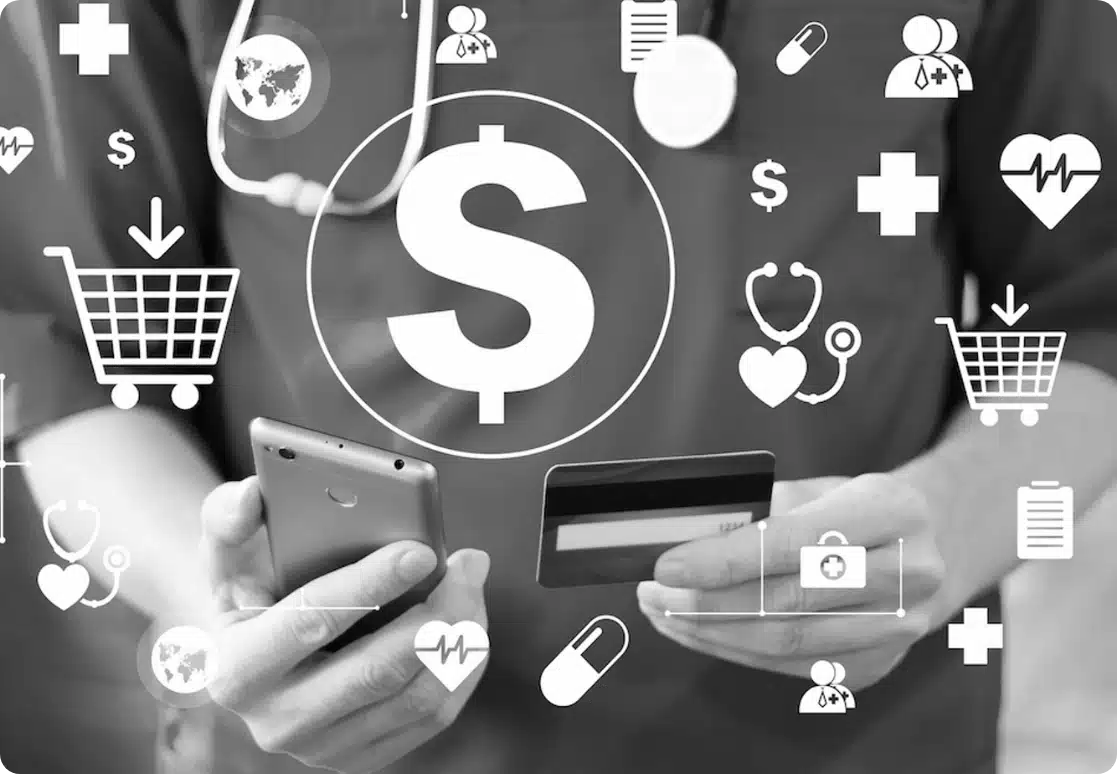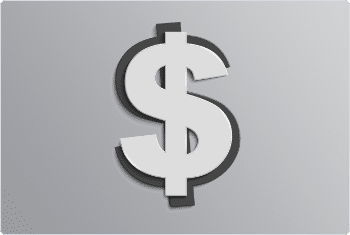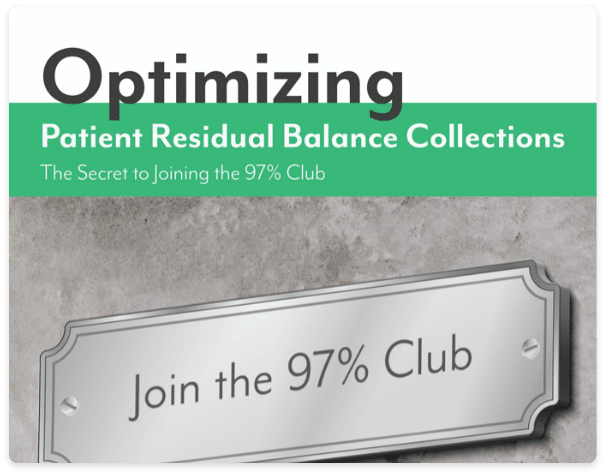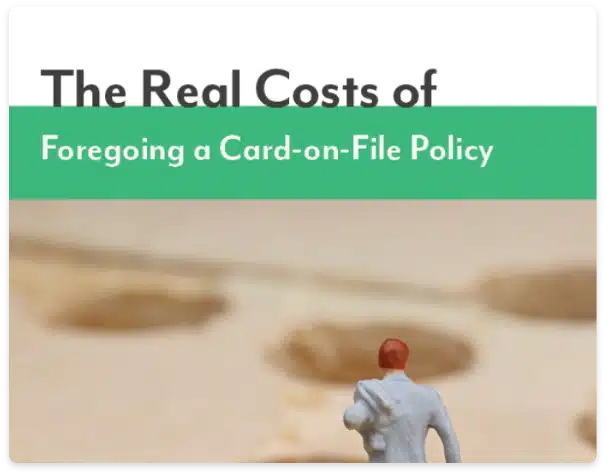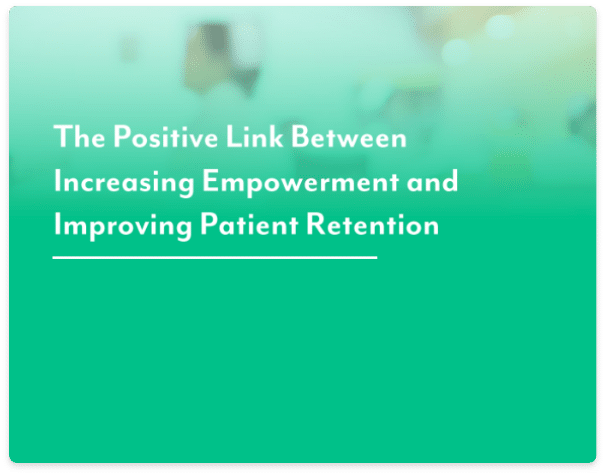When it comes to payment processes, we know that consumers like options. When it comes to digital payment methods, the possibilities are endless. Everyone talks about the convenience of payment apps and buy now, pay later methods. And when you take a look at the world of healthcare, the vast amount of these payment methods that have traditionally been applicable to retail and other industries are now entering the landscape. Once limited to in-office, over-the-phone or pay-by-mail, healthcare payments have been revolutionized in recent years. The digital transformation has ushered in the rise of pay portals, text-to-pay and more, making paying a healthcare bill easier than ever.
Given the “always on” capabilities that the internet and smartphones bring, it would be easy for one to believe that digital payment methods are the most prolific way healthcare consumers are paying their bills. How are healthcare consumers making patient payments? Well, the numbers may surprise you. While healthcare payment preferences have shifted over the years, statistics show that usage rates for more modern payment methods are not as high as one would think.
One such statistic found in “The Digital Platform Promise: How Patients Want to Streamline Healthcare Payments,” a collaborative study from PYMNTS and Lynx, shared that 29 percent of healthcare patients made a payment via a digital portal. However, this method fell behind the top choice of paying in-person at a hospital or physician’s office (which came in at 35 percent). And the numbers vary by demographics, of course. While approximately 20 percent of Millennials made a payment through a practice’s website in a 12 month period, only 8 percent of Generation Z did the same, surprisingly. Interestingly enough, that’s actually the exact percentage of baby boomers that paid in the same fashion! The study found that “younger consumers are somewhat more likely to prefer digital portals, with 28% of millennials and 27% of Gen Z indicating this as their most preferred method.” This may be the case, but the younger generations still find themselves exploring different payment options. Overall, less than 21 percent of baby boomers made a payment via a payment portal in a 12 month period, which narrowly beat out paying by mail. (The demographic’s preferred way to pay is in office, to be exact). So while it may not come as a surprise that adoption rates for digital payment methods lag behind more traditional means for the 55+ generation, many would be shocked to hear that paying in-person is still the preferred way to pay for Gen Z (at 32 percent).
So “revenue collection” may be the talk of every physician office from East to West coast, but no one is talking about the fact that adoption rates of technology-first payment methods have a long way to go. Although the options are plentiful and the existence of payment portals is well known, there is still room for improvement.
Another shocking statistic that relates to the patient financial experience centers around cost estimates. Of the more than 2,500 consumers surveyed about their payment preferences in the same 2023 study facilitated by PYMNTS and Lynx, a surprising result was brought to light about financial expectations. According to respondents, only one-third received cost estimates before a healthcare visit. While financial responsibility is a much-talked about topic in a world of rising cost of care and higher patient responsibility, the need for accurate estimates at, or before, the time of service is simply not discussed enough. The importance of proactive, accurate financial estimations is widely known and generally accepted as a best practice, but the numbers show that, unfortunately, many patients are still left in the dark until a bill arrives in the mailbox.
If a patient does not receive an estimate of their financial responsibility, how can they be expected to pay their bill in a timely manner? A happy patient is more likely to pay accurately and on time, and a patient taken aback by an unexpected dollar amount on their bill can lead to a poor patient experience. Patients have come to expect clear cost estimates for services, and it’s simply not in the practice’s best interest to forgo transparent conversations about financial responsibility. It’s all about setting expectations. Providing cost details patients builds trust and increases the likelihood to pay. Simply put, financial transparency should be a top priority for medical practices.
When it comes to payment methods, consumers crave flexibility and ease of use. This, along with the in-office experience and overall financial discussions, have a large bearing on the overall patient experience. Is your practice making the necessary changes to ensure greater customer satisfaction?


